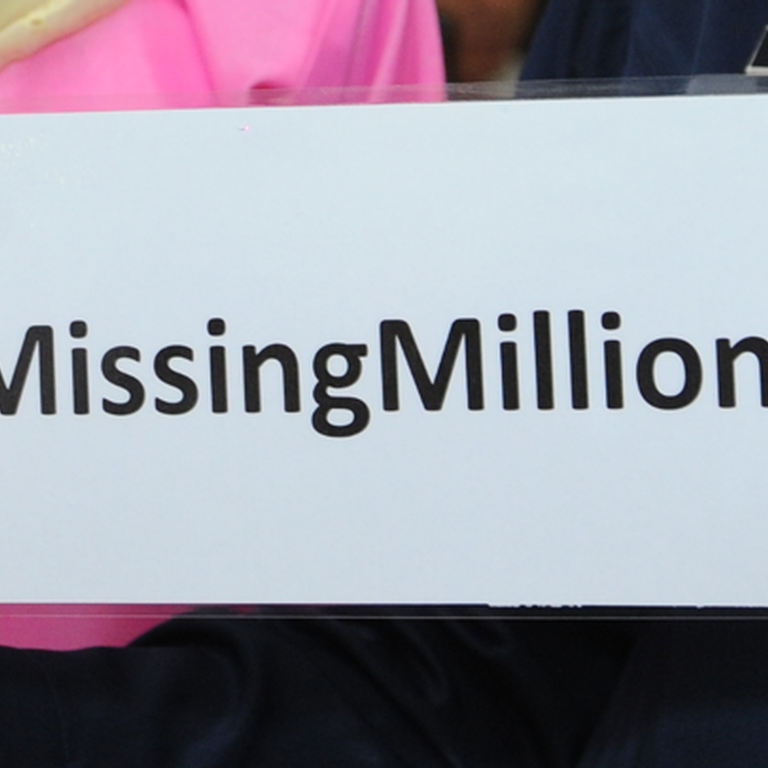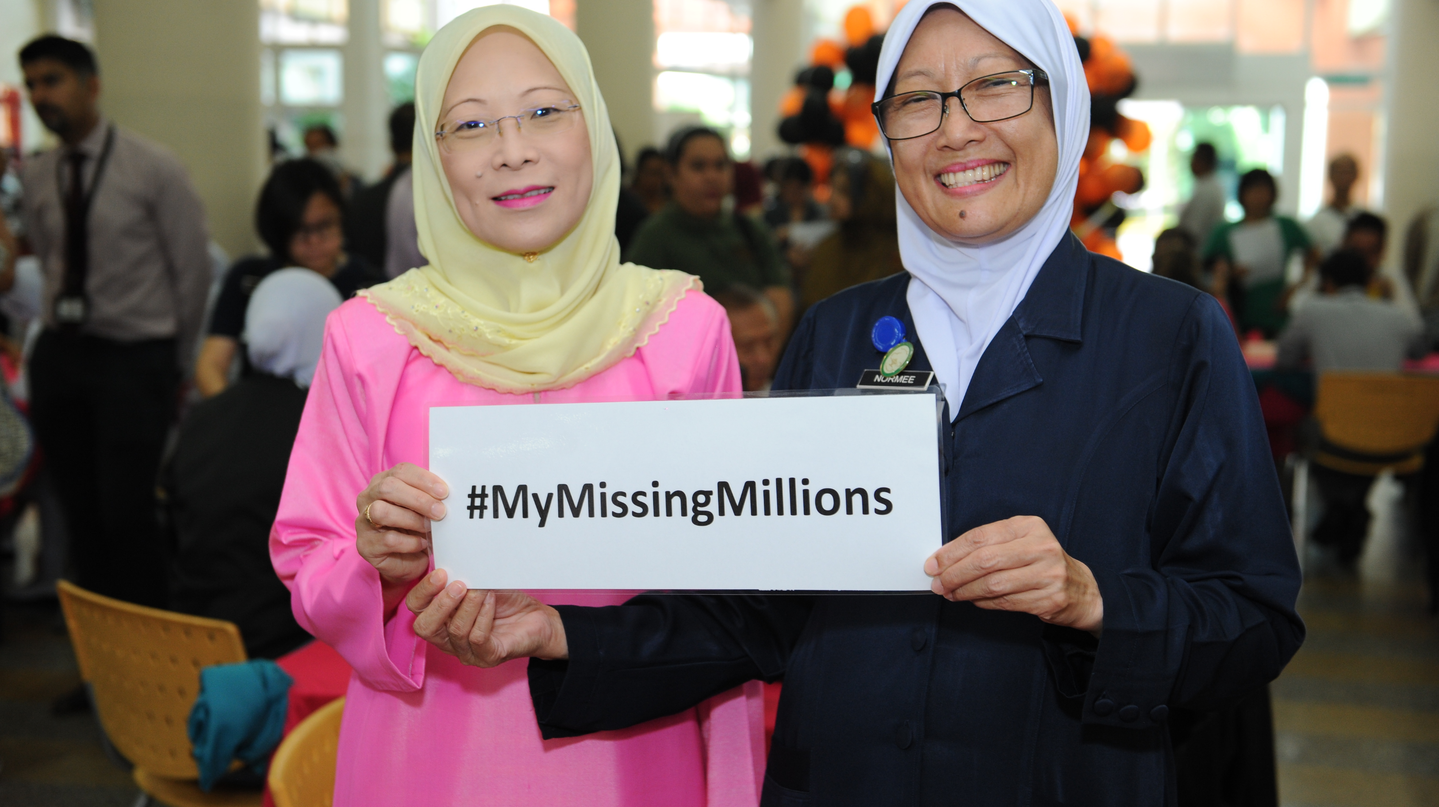
Этот ресурсный центр содержит важные ресурсы и последние публикации по барьерам доступа к лечению ВГС, ресурсам финансирования ВГС, обновленным руководствам ВОЗ по ВГС и другим партнерским и правительственным ресурсам по ВГС.
Узнайте больше о государственной поддержке в вашей стране. Скачать их список можно здесь (PDF).
Мы сотрудничаем с организациями, предоставляющими информацию и поддержку в отдельных странах мира, а также с организациями, имеющими глобальный или международный охват. Их список вы можете найти здесь.
Рекомендуемые ссылки на другие полезные источники данных и онлайн-ресурсы можно найти здесь.
This report presents the latest estimates on the disease burden and the coverage of essential viral hepatitis services from 187 countries across the world. The report also updates progress made since 2019 in improving access to health products for both hepatitis B and C in low- and middle-income countries, with information from 38 countries that together comprise nearly 80% of global viral hepatitis infections and deaths.
The report provides a regional perspective, analyzing the barriers and opportunities for countries in each of the 6 WHO regions to expand access to health products for viral hepatitis. It presents actions for countries and stakeholders to accelerate the scaling up of effective viral hepatitis interventions within a public health approach.
This CHAI HCV Market Intelligence Report builds on the first two editions of the market intelligence reports to provide updates on the supplier landscape for World Health Organization (WHO)-recommended HCV diagnostics and treatment drugs. It also outlines historical supply and pricing trends, highlights global benchmark prices, and suggests strategies to access diagnostics and drugs at more affordable prices.
For the first time, the report also provides preliminary insights into the market for harm-reduction commodities with a focus on buprenorphine and methadone (opioid agonist maintenance therapy commodities), which are recommended by the WHO’s consolidated guidelines on HIV, viral hepatitis, and STI prevention, diagnosis, treatment, and care for key populations, and touches briefly on naloxone, which is used for overdose reversal, and needles and syringes that are distributed as a part of harm reduction programs.
Despite the availability of affordable and curative treatments, progress towards eliminating hepatitis has been limited due to funding challenges, especially in low- and middle-income countries. To address this funding gap, this article discusses a unique financing approach in Cambodia, its potential impact, and the opportunity for other health programs to benefit from a similar financing solution. Read more about this in hepCoalition.
В качестве соучредителя коалиции hepCoalition, TAG провела исследование диагностических и политических барьеров, связанных с лечением ВГС в странах с низким и средним уровнем дохода, и обобщила полученные ответы в этой аналитической записке, в которой описаны причины, по которым комплексные услуги по лечению гепатита С остаются недоступными в 23 странах с низким и средним уровнем дохода.
В аналитической записке, опубликованной в мае 2023 года, рассматриваются такие барьеры, как высокая распространенность заболевания среди маргинализированных сообществ, сложный процесс диагностики и трудности поиска недостающих миллионов людей с ВГС в большинстве стран с высоким уровнем заболеваемости. Наконец, анализ указывает на потенциальные решения этих проблем, такие как целевое финансирование элиминации ВГС, упрощение и децентрализация диагностики и лечения ВГС, чтобы приблизить помощь к сообществам.
Eight years since the approval of the breakthrough treatment, sofosbuvir, which effectively cures hepatitis C, new direct-acting antivirals (DAAs) regimens have been approved and a variety of treatment access strategies have been used to increase countries’ access.
The hepCoalition developed a fact sheet, based on crowdsourced hepatitis C data from mapCrowd, a free, public database managed by Treatment Action Group and Médecins du Monde. The fact sheet provides in-country data from 82 countries to further understand where the branded and generic versions of the cure have been registered and to inform advocacy efforts for generating demand that could speed up registration. The fact sheet provides supplemental evidence, using community and in-country data, to further understand the registration gaps for direct-acting antivirals (DAAs). The data highlights the availability and registration of DAAs for community leaders and policy makers to reflect in their national elimination advocacy work.
Registration of a medicine in a country does not always translate into access. Key populations and marginalized communities disproportionately affected by HCV face stigma, discrimination, and exclusion, which prevent them from accessing a range of health and non-health related services, including the supports needed to initiate treatment on direct-acting antivirals (DAAs). Treatment rationing occurs through different forms of restrictions: based on liver disease stage, abstinence from alcohol and/or substances, and on who is authorized to prescribe DAAs.
A fact sheet, developed by the hepCoalition, shows the three treatment restrictions implemented in 119 countries around the world based on crowdsourced hepatitis C data from mapCrowd, a free, public database managed by Treatment Action Group and Médecins du Monde.
Препараты с почти 100-процентным процентом излечения доступны уже много лет. Чтобы обеспечить их широкую доступность, необходимы политическое руководство и финансирование. Полный текст читайте здесь или скачайте его ниже.
CHAI's report provides market intelligence on hepatitis C (HCV) diagnostics and drugs in low- and middle-income countries to help guide elimination of the disease. It also covers preliminary insights into the hepatitis B (HBV) market.
Viral hepatitis is one of the leading causes of death and disability worldwide. Globally, it is the seventh biggest annual killer. It affects more than 350 million – more than HIV/AIDS, tuberculosis or malaria. Fortunately, Hepatitis C (HCV) is curable thanks to the health technologies which have been developed over the past 10 years and hence, it can be eliminated. The financing gap to roll these out and eliminate HCV globally through prevention, screening, testing and treatment has been estimated at USD 41.5 billion between 2018 and 2030. However, not one major philanthropic funder has committed to the goal of HCV elimination and only a handful of countries, mostly high-income, are on track to achieve the World Health Assembly (WHA) elimination targets.
ВОЗ публикует новое руководство по ВИЧ, гепатитам и ИППП для ключевых групп населения, подробнее о котором читайте в материале hepCoalition.
Глобальные стратегии сектора здравоохранения на 2022-2030 годы по ВИЧ, вирусным гепатитам и инфекциям, передающимся половым путем, направляют сектор здравоохранения на реализацию стратегически ориентированных ответных мер для достижения целей по ликвидации СПИДа, вирусных гепатитов B и C и инфекций, передающихся половым путем, к 2030 году.
Инициатива Клинтона по обеспечению доступа к здравоохранению (CHAI) опубликовала первый и второй выпуски отчета об анализе рынка ВГС в мае 2020 года и в августе 2021 года, в которых описываются обновления рынка за 2019 и 2020 годы соответственно. Данный меморандум служит промежуточным обновлением информации о рынке диагностики и лечения вируса гепатита С (ВГС), предоставляя основные сведения о тенденциях предложения и ценообразования с января 2021 года по апрель 2022 года. Выпуск промежуточного обновления рынка гепатита В запланирован на конец этого года, а третье издание аналитического отчета CHAI о рынке гепатита запланировано на 2023 год.
Руководство ВОЗ по ВГС 2022 года, Обновленные рекомендации по лечению детей и подростков и детей с хронической инфекцией ВГС, а также по упрощенному предоставлению услуг и диагностике ВГС (1) содержат обновленные, основанные на доказательствах рекомендации по приоритетным темам, связанным с ВГС, по которым имеются ключевые новые доказательства и другие подтверждающие данные. Оно основано на Руководстве ВОЗ 2018 года по уходу и лечению лиц с диагнозом хронической инфекции вируса гепатита С (2) и Руководстве ВОЗ 2017 года по тестированию на гепатит группы С (3).
Руководства ВОЗ по ВГС 2022 года, Обновленные рекомендации по лечению детей и подростков и детей с хронической инфекцией ВГС, а также по упрощенному предоставлению услуг и диагностике ВГС (13), содержат обновленные, основанные на доказательствах рекомендации по приоритетным темам, связанным с ВГС, которые разработаны на основе Руководства ВОЗ 2018 года по уходу и лечению лиц с диагнозом хронической инфекции ВГС (2) и Руководства ВОЗ 2017 года по тестированию на гепатиты В и С (14).
